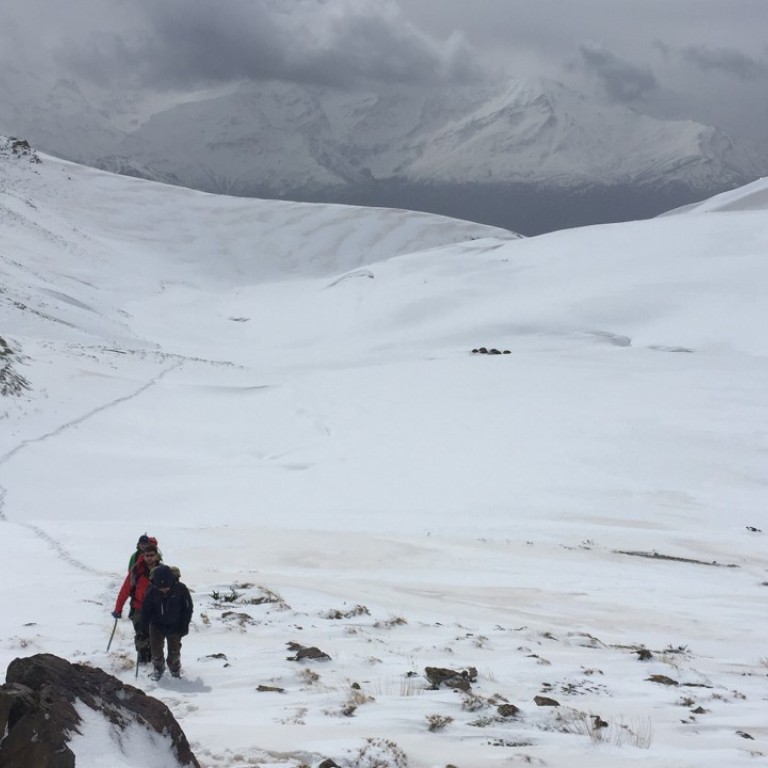
Expedition travel on rise as interest in adventure holidays grows – are you fit enough to make the cut?
Like Hongkonger Cyrus Hung, who joined an expedition in the mountains of Iraq, travellers are going to increasing lengths to get off the beaten track - on trips where it’s the travel agent who picks you, not the other way round
When was the last time you felt like you were on a different planet? Airports, shopping malls, hotels and resorts are filled with global brands that push a bland global style, creating familiarity almost everywhere you look. Meanwhile, ubiquitous 4G mobile communications networks make it difficult to get off the beaten track and have unique travel experiences. The answer? Go off grid, on an expedition.
In a recent Skyscanner survey, 10 per cent of Hong Kong people chose adventure as one of their top three reasons for travelling.
“Adventure holidays are increasingly popular with younger age groups,” says Fang Fang, senior marketing manager at Skyscanner Greater China. “Fourteen per cent of 18- to- 24-year-olds listed adventure as a top reason to travel, versus just 2 per cent of those aged above 55.”
It’s the age group in between, who will often have seen many of the world’s top tourist sights, that are most attracted to expedition travel.
“The challenge of the expedition itself is the highlight,” says Cyrus Tak Yau Hung, 34, from Hong Kong, who has just returned from an expedition in Iraqi Kurdistan with independent expeditionary travel company Secret Compass (secretcompass.com).
“Climbing up Halgurd Mountain was not only an achievement, but a great meditation for me,” he says of the 3,607 metre peak that his team ascended. “When I was pushing my limits every single second, I was really living in the moment, and mentally I was more away from my daily routine than ever.”
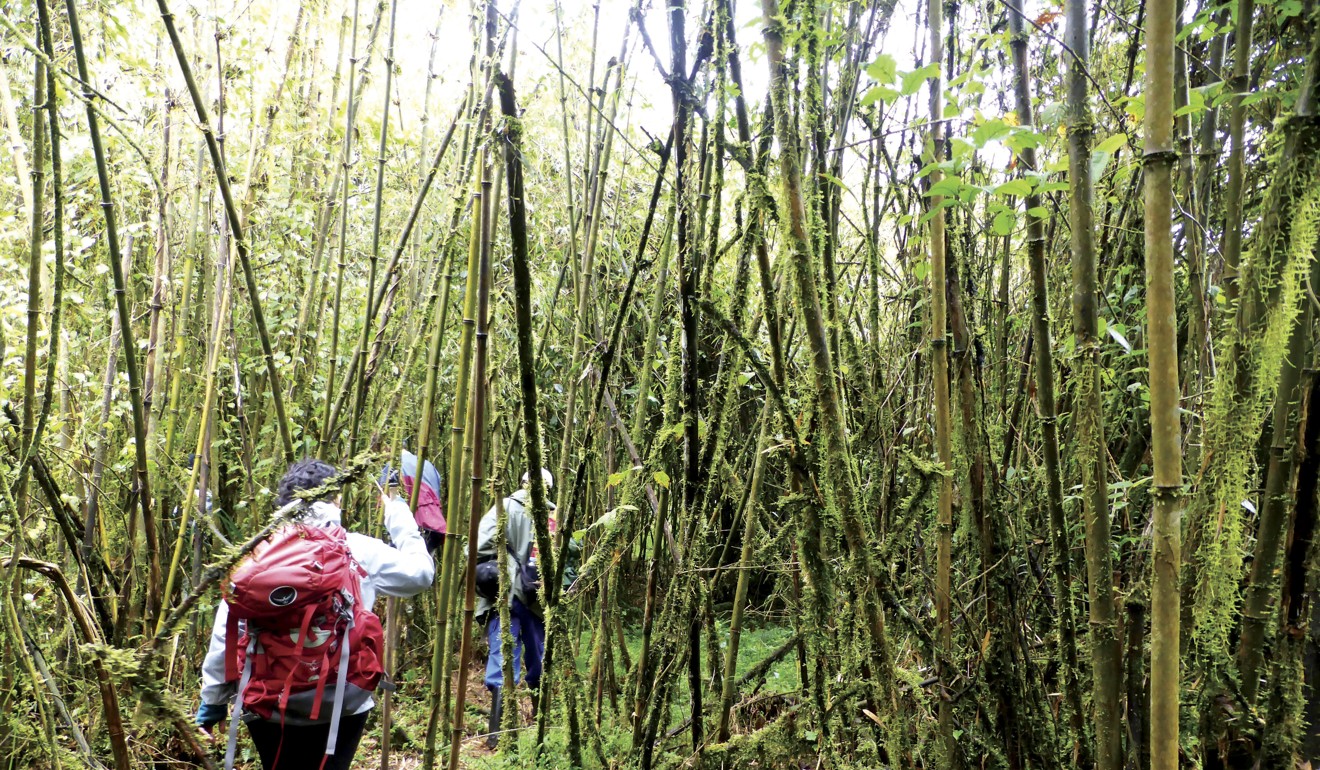
“People want to get away from the digital noise of everyday life, and what better way to do that than to go into a jungle and strip life back to its basics?” says Tom Bodkin, founder and managing director at Secret Compass, who helped start the company after leaving the British Army.
The company’s most popular itineraries this year include Chad, North Korea, Bhutan and the Democratic Republic of Congo. “People want to go to places that are difficult to get to, especially those that have already done a bit of travelling to mainstream places,” he says.
Yes, you’re spending a lot of money to get blisters, dried food and sleep in a tent, but travellers are looking for experiences rather than comfort
However, these expeditions are not for everyone. “You need to be active and to be able to walk a certain distance carrying a certain weight. Although they’re tough they are designed to be achievable for the majority of active people. But we do select people,” says Bodkin, adding that previous experience and weekly fitness habits are taken into account.
It’s not for those seeking an easy ride.
“We were facing winds of 50km/hour, freezing temperature of -11 degrees Celsius and, in one particular 24-hour period, 1.2 metres of snow, which made every single step forward a big struggle,” says Hung of the Kurdistan trip. “It was really difficult for me to sleep through the night because of the heavy wind and freezing temperature, and my jacket, pants, socks and hiking boots were all frozen every morning when I woke up.”
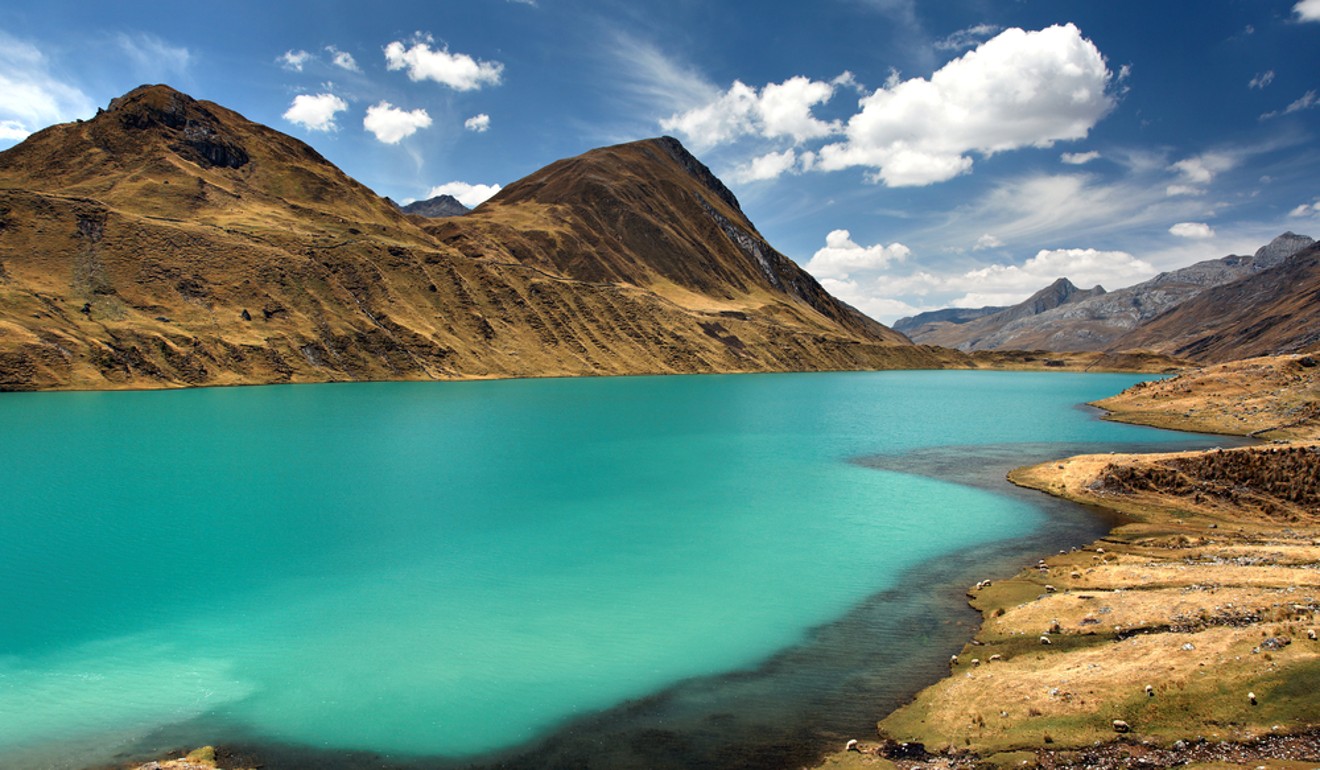
“Travellers are vetted according to the grading of the trip they are on, with increasing checks according to the difficulty and remoteness of the trip,” explains Sue Badyari, CEO at World Expeditions. All trips are graded for their difficulty. “A medical form must be completed by all clients and, for trips ranked above 7, we require a doctor to complete the form,” she says. “Travellers participating in any exploratory trip are interviewed by our expert in-house mountaineers to ensure they qualify for the expedition.”
Oyster Worldwide (oysterworldwide.com) runs 12-16 day trips into the Himalayas; options include trekking at altitudes of up to 5,550 metres on its 14-day trek up to Kalapahar and the Everest Base Camp.
The only real rival to Nepal’s Annapurna Circuit for title of “best high-altitude trek” in the world is the Cordillera Huayhuash trek in Peru, which is offered by Real World Holidays (realworldholidays.co.uk).
“It’s really tough at points and involves spending eight nights at well above 4,000 metres,” says Dan Clarke at Real World Holidays, who did the trek a few years ago. “We had to fire warning shots to scare off wild dogs, saw a huge avalanche crash down the mountain side, and had condors track us through the valleys – it was genuinely the toughest but most rewarding trek I’ve ever done.”
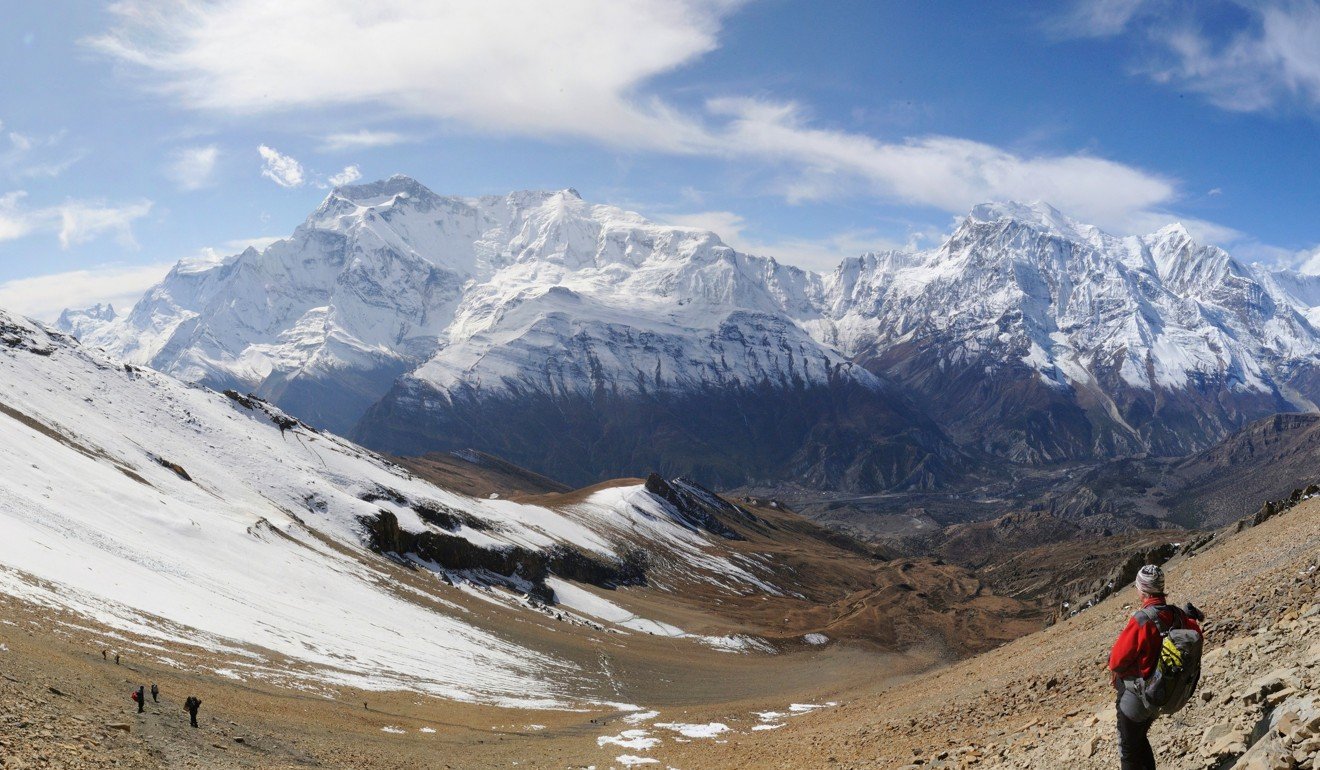
KE Adventure (keadventure.com) has just launched a 22-day reconnaissance expedition into a rarely visited corner of the Himalayas in Nepal, the ultra-remote valleys of Naar and Phu, including an ascent of Saribung Peak, which rises to 6,328 metres.
I was really living in the moment, and mentally I was more away from my daily routine than ever
“We will encounter a variety of terrain ranging from scree and boulder fields to glaciated slopes, where we may need to be roped together,” says Glenn Rowley, a director at KE Adventure Travel and a trek leader with 35 years experience.
Such expeditions are all about becoming part of a team to survive. “The challenge brought our group together as a team,” says Hung. “Thanks to the hardship that we went through together we all shared a very special bond within just one week.”
It may not be as physically demanding, but Antarctica is a perennial favourite for those who want to get off the beaten track – and it’s becoming more popular with travellers from Asia.
“China and Hong Kong ranks as our third most common nationality among guests, they make up about 7 per cent of our passengers,” says Leslie Wicks at Antarctic Logistics & Expeditions (ALE) (antarctic-logistics.com), which has been flying modern-day explorers from Punta Arenas in Chile deep into the interior of Antarctica for 30 years. “Our South Pole and Emperor Penguin itineraries have really resonated with travellers from China and Hong Kong.”
The conditions in Antarctica are basic; there is no permanent infrastructure allowed on the continent, only tents, and the main camp at Union Glacier is only accessible by air. It’s open only during the 24-hour sunlight of the Antarctic summer (from November until January) and dismantled at the end of each season. Most guests take the sedentary option of flying four hours to the South Pole, but it’s possible to go ice climbing at the nearby Charles Peak Windscoop.
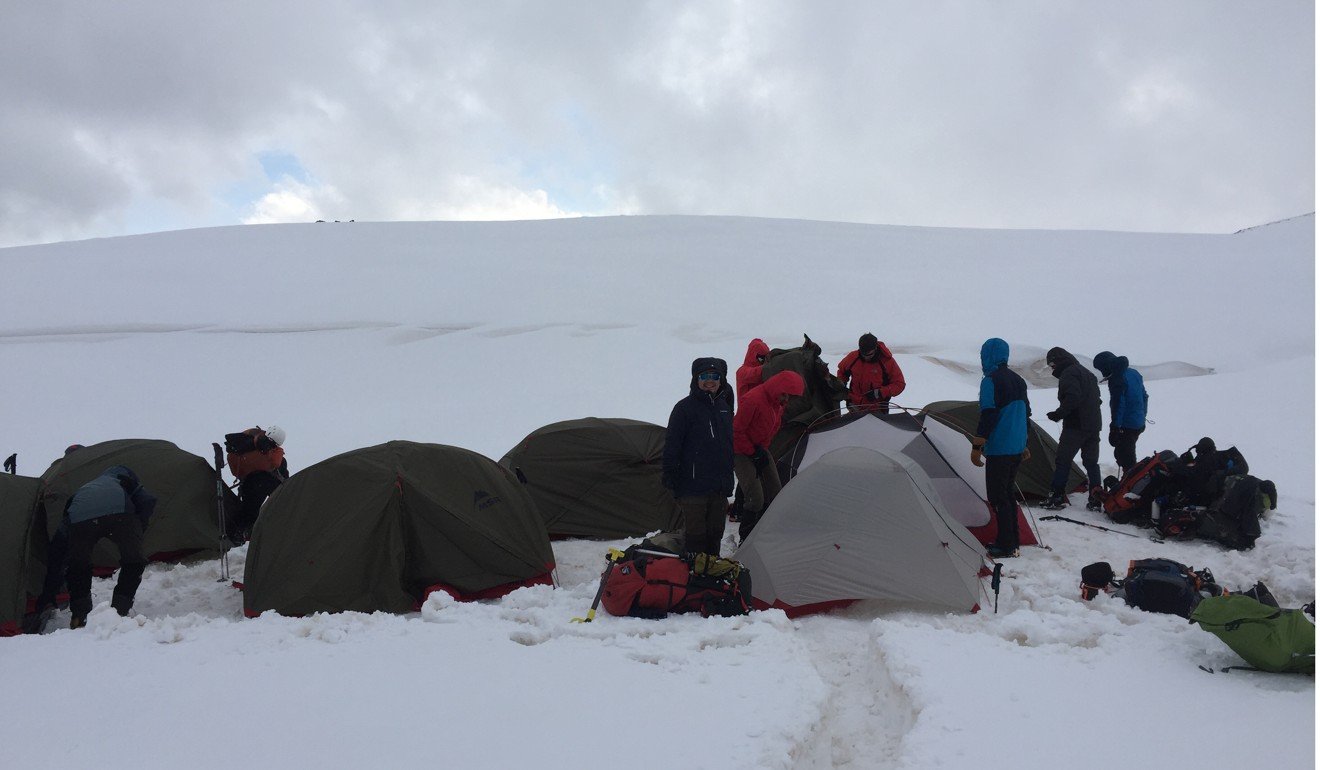
“Yes, you’re spending a lot of money to get blisters, dried food and sleep in a tent, but travellers are looking for experiences rather than comfort,” says Bodkin.
Targeting adventurous travellers with little time to spare, a new platform called Much Better Adventures (muchbetteradventures.com) offers bite-size experiences such as a weekend of caving in Tasmania’s Mole Creek Karst National Park in Australia and hiking through the volcanoes of New Zealand’s Tongariro National Park.
“It’s a platform to easily book active mini-adventures in the wild in the Asia Pacific region,” says co-founder Sam Bruce, who is originally from Hong Kong. “While locals can book them as weekends, they are often being booked as part of longer trips and expeditions in the areas by people travelling from further afield.”
Cyrus Hung believes that, while many Hong Kong people still go for the classic sightseeing trips, the number of people who are interested in something challenging and unusual is on the increase.
“I think expedition trips could be for everyone as long as they are willing to step out of their comfort zone and give it a go,” he says. “Expedition trips are addictive.”

